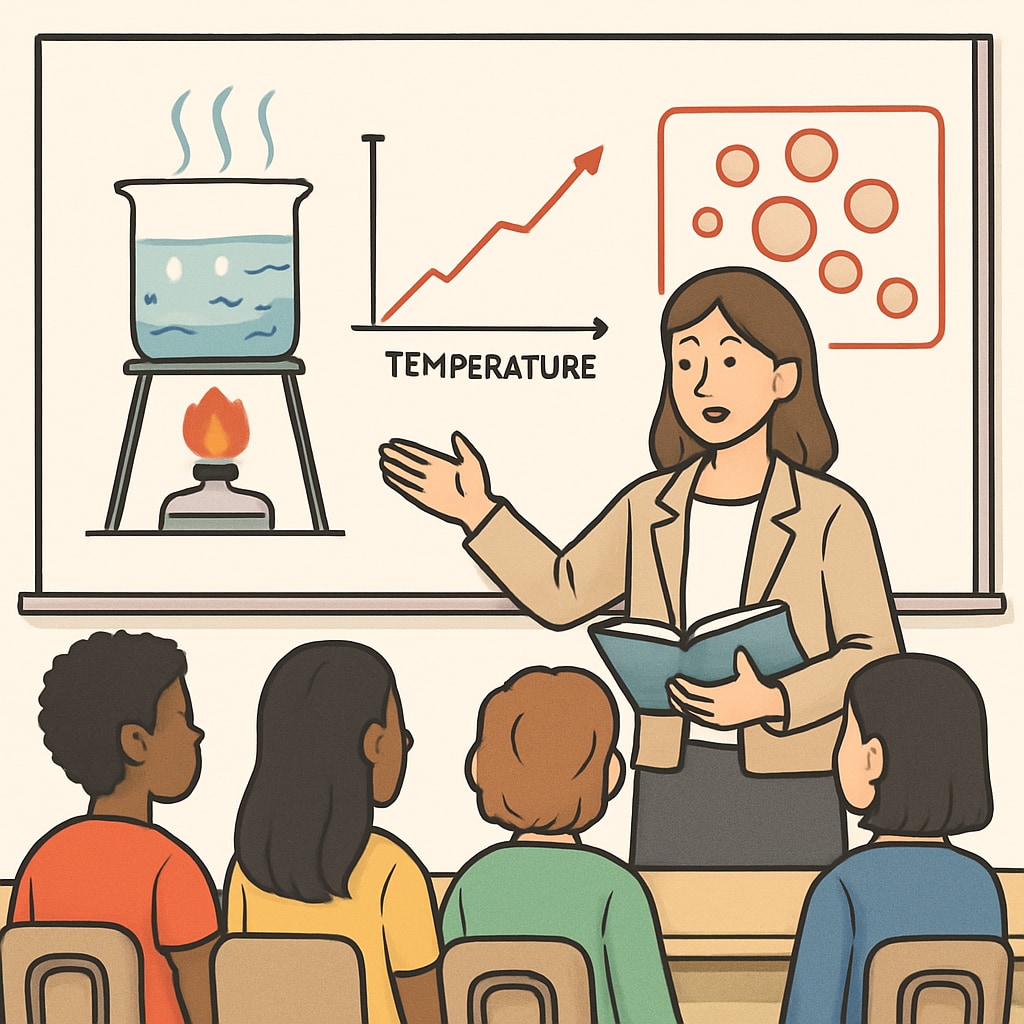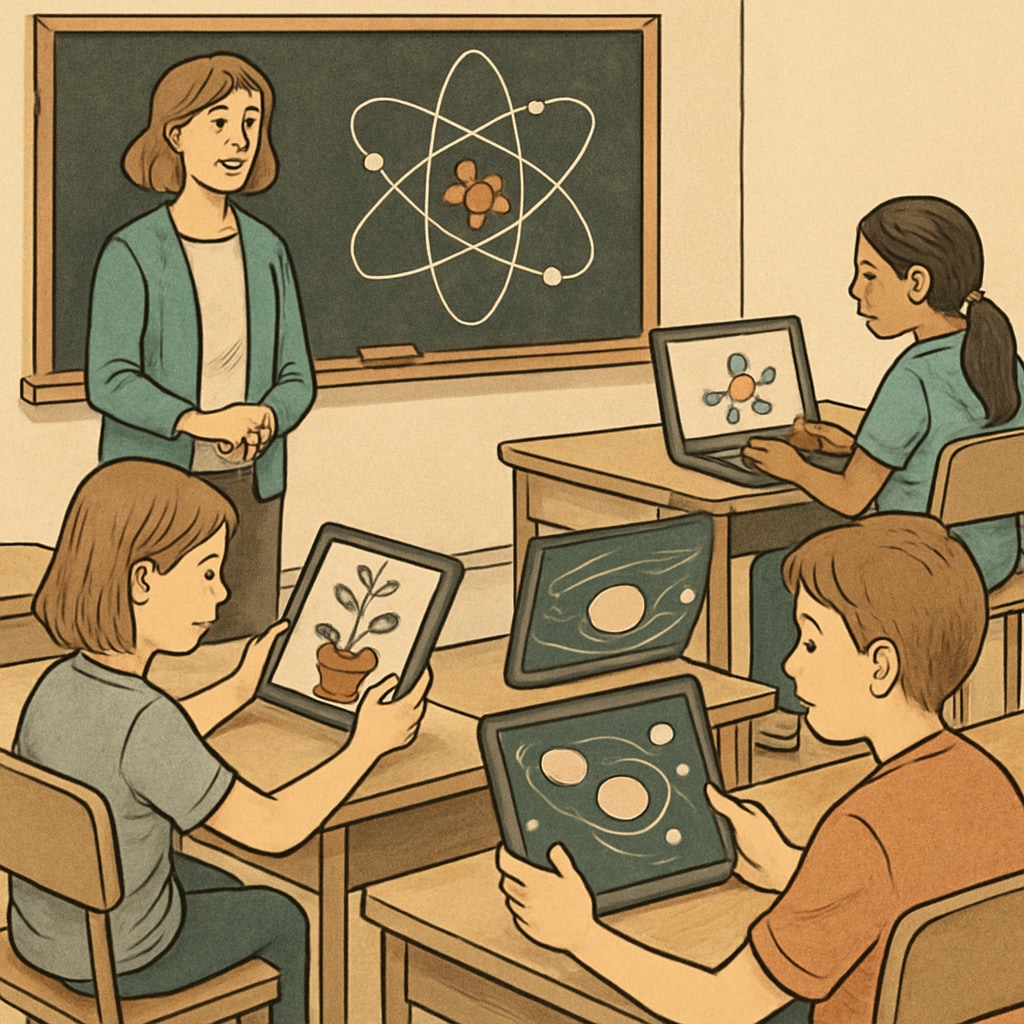High school science classrooms often include students with varying levels of English proficiency, posing unique challenges for educators. To effectively support English learners (ELLs) in science teaching, differentiated instruction is essential. Teachers must integrate language support while ensuring students grasp critical scientific concepts. This article provides actionable strategies to help educators create inclusive learning environments where ELLs can thrive academically and linguistically.
Understanding the Needs of English Learners in Science Classrooms
English learners face dual challenges: mastering academic content and developing language skills. Science education, with its complex vocabulary and abstract concepts, can be particularly demanding. Teachers must recognize that ELLs bring diverse linguistic and cultural backgrounds, which can enrich the learning experience for all students when leveraged effectively.
For example, incorporating multilingual resources and encouraging peer collaboration can bridge gaps in comprehension. Additionally, studies from Britannica on second language acquisition highlight the importance of context-based learning in enhancing language retention. Understanding these principles can guide educators in adapting their teaching methods to support ELLs.

Strategies for Differentiated Science Instruction
Effective differentiation ensures that teaching methods are tailored to meet the needs of all students, including English learners. Below are practical strategies to integrate language support into science education:
- Visual aids: Utilize diagrams, charts, and videos to supplement verbal explanations. These tools can help ELLs grasp complex concepts without relying solely on language proficiency.
- Pre-teaching vocabulary: Introduce key scientific terms before lessons begin. Providing bilingual glossaries or visual dictionaries can further aid comprehension.
- Collaborative learning: Pair ELLs with peers for group projects or experiments. Peer interaction fosters language development and builds confidence.
- Scaffolded instruction: Break lessons into smaller, manageable chunks with clear objectives. Gradually increase complexity as students gain confidence.
- Technology integration: Leverage educational apps and online resources tailored to ELLs, such as interactive simulations or science games.
Research from Wikipedia on differentiated instruction underscores the importance of adapting teaching methods to suit diverse learners. By implementing these strategies, educators can make science lessons more accessible to ELLs.

Creating an Inclusive Classroom Environment
An inclusive classroom fosters a sense of belonging for all students, including English learners. Teachers can take the following steps to cultivate inclusivity:
- Celebrate diversity: Integrate cultural references into science lessons to connect learning to students’ backgrounds.
- Encourage participation: Provide opportunities for ELLs to share their ideas and perspectives, whether through oral presentations or written assignments.
- Professional development: Participate in workshops or training focused on supporting ELLs, equipping educators with tools to better address their needs.
- Family engagement: Collaborate with parents and guardians to understand students’ needs and encourage learning outside the classroom.
By fostering inclusivity, educators create a safe space where ELLs feel empowered to contribute and succeed academically.
Readability guidance: Use concise paragraphs and bulleted lists to summarize key points. Incorporate over 30% transitional phrases such as “in addition,” “for example,” and “as a result” to enhance flow and cohesion.


